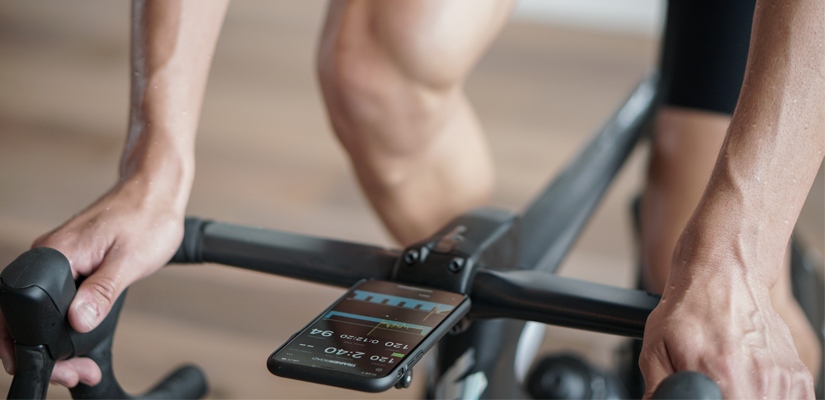Blood Plasma Volume and Your Performance

Blood Plasma volume is critical for performance in endurance athletes. Taking a break from training can rapidly decrease it. But the good news is that you can get back on track in just a few days.
For more training tips check out Ask a Cycling Coach Ep 251.
What is Blood Plasma?
Blood plasma is the liquid component of your blood. A little more than half of your blood is made up of plasma, while the rest is red blood cells, white blood cells, and platelets. Usually, endurance athletes focus on the red blood cells because those are the ones that carry oxygen from the lungs to the rest of the body. But plasma plays a vital role in endurance performance.
How Does it Affect Performance?
The more plasma you have, the greater your overall blood volume. This leads to an increased stroke volume with less cardiac effort. With more blood volume, you have a higher VO2 for the same level of effort. Essentially, you have more aerobic power.
Aside from more aerobic power, there are other benefits that come from greater blood volume. It helps reduce lactate accumulation because the extra oxygen leads to less anaerobic respiration. Also, more blood flow to the skeletal muscle can reduce the rate of glycogen depletion. Finally, it helps to lower your core temperature and increase sweat rates due to higher blood flow to the skin. So, the benefits of more blood plasma will significantly improve your endurance performance.
How Fast do Adaptations Fade?
Maybe you’re in a situation where you can’t train for an extended period of time. How fast do these adaptations fade? It’s important to remember that training adaptations or capabilities reduce at different rates. In general, if it develops quickly, it tends to dissipate quickly.
Aerobic endurance diminishes comparatively slowly after about 30 days. This includes things like capillary beds, aerobic enzymes, and mitochondrial content that go hand in hand with aerobic capacity. Likewise, maximum strength is included in this 30-day window due to the time it takes to build your neuromuscular pathways.
Fading in about 15 days is anaerobic and steady-state power. This would be your sweet spot and higher power outputs. Furthermore, in just a handful of days, sprint power and blood plasma volume decreases. The good news is that since it reduces quickly, you can ramp it up rapidly.
How to Increase Blood Plasma Volume?
Changes in plasma volume, up or down, depend on the circumstances. The quickest increase comes via heat exposure. Riding in hot temperatures, turning off the fan during an indoor workout, or jumping in a sauna after, can give you a 4-15% boost in as little as five days. Even better, you can complete a heat acclimation protocol over 7-10 days. This has shown to work in high-level athletes.
Aside from heat acclimatization, you could continue with your endurance training as usual. On its own, endurance training increases your plasma volume. When you train your aerobic system, your core temperature ramps up, and the body responds by increasing blood volume. Even more so, if you keep the fan off. You can also increase the intensity. Tempo, threshold, and VO2 Max work progressively drive the adaptation of more plasma volume.
If you have had to miss out on some training, there is good news. In a short time, you can start to increase your blood plasma. Those first few workouts may be tough, but you’ll get back on track quickly.
For more cycling training knowledge, listen to the Ask a Cycling Coach — the only podcast dedicated to making you a faster cyclist. New episodes are released weekly.